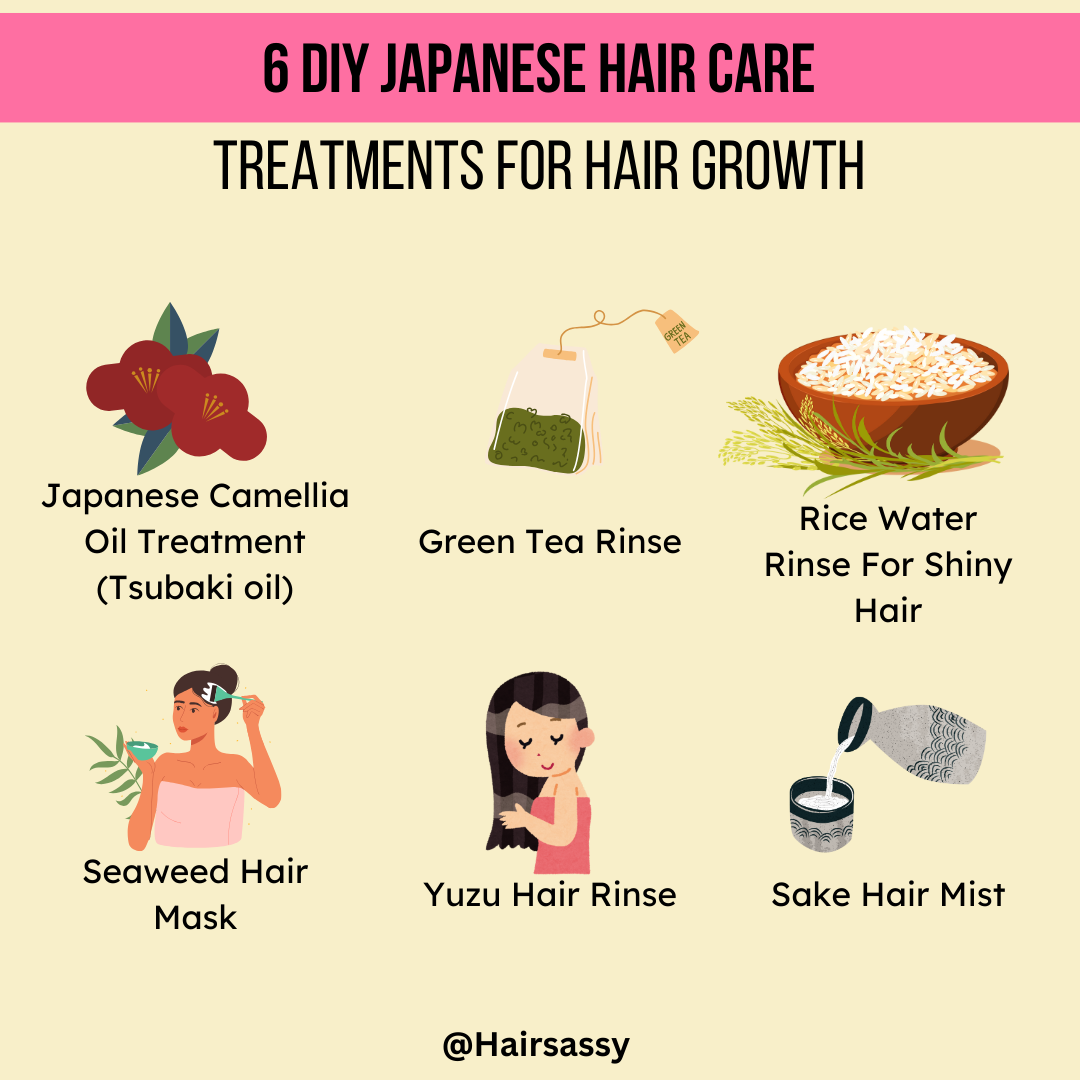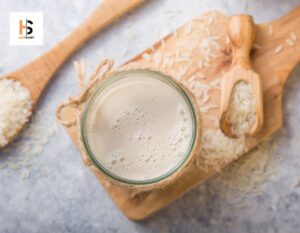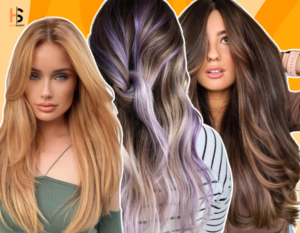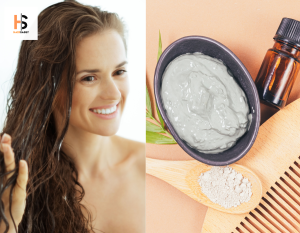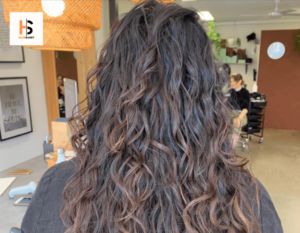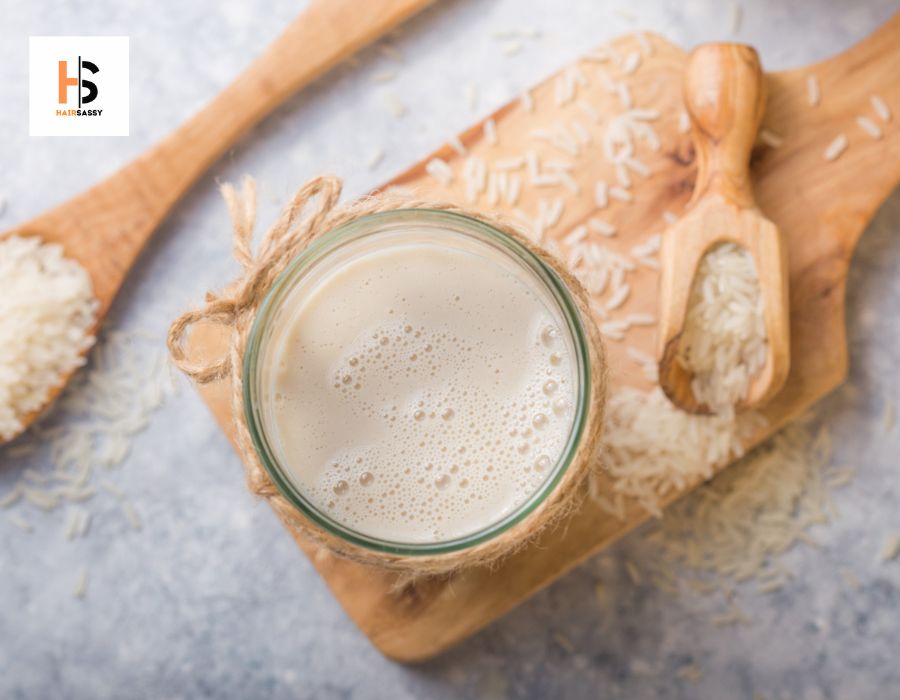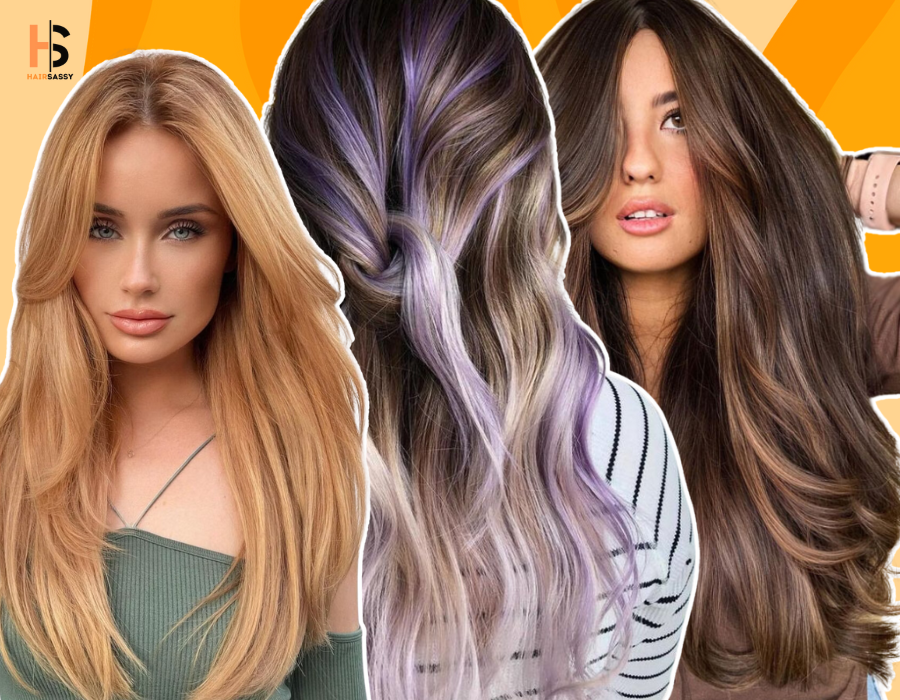Japanese hair care is marked by the minute attention given to its rituals and how the traditional practices blend smoothly with modern innovations. Japanese women are famous for shiny, healthy hair, achieved through strict routines and natural ingredients that nourish and protect their hair. In this article, we will walk through seven DIY Japanese hair care treatments, explore their benefits, and finally give some extra tips while addressing some of the frequently asked questions regarding Japanese hair care and conclude with the spirit of the Japanese hair care philosophy.
7 DIY Japanese Hair Care Treatments For Hair Growth
1. Japanese Camellia Oil Treatment (Tsubaki oil)
Ingredients:
- Camellia oil (Tsubaki oil)
Method:
- Take a little camellia oil and warm it.
- Massage into your scalp and hair.
- Leave for 30 minutes or leave overnight for better absorption.
- Wash with a mild shampoo.
Benefits:
- Camellia oil is enriched with vitamins and omega-9 fatty acids that help moisturize the hair and provide shine without causing breakage.
2. Green Tea Rinse
Ingredients:
- Green tea leaves or green tea bags
Method:
- Make a strong green tea and let it cool down.
- Use it as the final rinse after shampoo and conditioning.
Benefits:
- Green tea is full of antioxidants that help in hair growth, fighting dandruff, and making the hair naturally glossy.
3. Rice Water Rinse For Shiny Hair
Ingredients:
- Rice and water
Method:
- Soak 1 cup of rice in water to remove impurities.
- Soak it again with 2 cups of water for 30 minutes.
- Strain the rice water from the rice.
- Use it as your final rinse after shampooing.
Benefits:
- This has been used by women for generations as a rinse to nourish and strengthen hair due to its content of vitamins, minerals, and amino acids. Rice water is effective against thinning hair, promoting good hair elasticity, and encouraging growth.
4. Seaweed Hair Mask
Ingredients:
- Dried seaweed (kombu or nori)
- Water
- Several drops of an optional essential oil
Method:
- Soak dried seaweed in water.
- Blend the softened seaweed into a paste.
- After washing the hair, apply the paste to your hair and scalp.
- Leave for 20-30 minutes, then rinse very well.
Benefits:
- Kelp is full of vitamins and minerals that nourish the scalp and encourage the growth of the hair. The vitamins will moisturize dry hair.
5. Yuzu Hair Rinse
Ingredients:
- Yuzu fruit or yuzu essential oil, water
Method:
- Squeeze the juice of a yuzu into some water or add a few drops of essential oil of yuzu into the water.
- Use it as your last rinse once you have cleaned your hair from its impurities.
Benefits:
- Being a rich source of vitamin C, yuzu makes hair strong and leaves a refreshing scent of citrus. It also enhances collagen production.
6. DIY Sake Hair Mist
Ingredients:
- Sake (Japanese rice wine), water
Method:
- In a spray bottle, mix sake with an equal amount of water.
- Spritz it onto your hair and scalp, massage it slightly, and leave it on.
- There’s no need to rinse.
Benefits:
- Sake contains kojic acid and enzymes that help in conditioning the hair for shine and texture.
7. Egg and Honey Hair Mask
Ingredients:
- 1 egg,
- 1 tablespoon of honey
Method:
- Beat one egg and mix it well with some honey.
- Apply to hair and scalp, cover with a shower cap, and leave for 20–30 minutes before rinsing with cool water.
Benefits:
- Eggs are loaded with proteins and other nutrients that strengthen the hair, while honey is the moisturizer that holds the moisture.
Benefits of Japanese Haircare Shampoo and Treatment
- Nutrition: Japanese hair treatment focuses on natural ingredients that penetrate the scalp and hair health.
- Moisturization: Regular oils and other hydrating haircare substances keep the hair well moisturized and prevent dryness.
- Shine and Smoothness: Ingredients like camellia oil and green tea maintain a nice shine, adding smoothness to the hair.
- Scalp Health: Many treatments adapt to maintaining good health of the scalp, expecting good and strong hair from this base.
- Strength and Elasticity: Rice water and egg treatments increase the hair’s strength and elasticity. This consequently leads to a reduced breakage or split of hair ends.
Why do Japaneses have thick hair?
- Gentle Washing: Do not wash your hair using hot water. Lukewarm or cool water should be used for washing to preserve the natural amount of oil in your hair.
- Regular Massages: Massage your scalp regularly to improve blood flow to the scalp for healthy hair growth.
- Avoid Harsh Chemicals: Stay away from shampoos and conditioners that have sulfates and parabens that may cause damaged hair. You can also use proper Japanese hair products for hair and scalp care.
- Diet and Hydration: Have a balanced diet with vitamins and minerals, and keep yourself well-hydrated to have healthy hair.
- Sun Protection: Protect your hair by wearing a hat or filling it with UV protection available to you in various hair products, such as avoiding these rays.
Conclusion
Best Japanese hair care is, hence, an amalgamation of old-time wisdom and contemporary practices that bring out hair that is healthy and beautiful. Natural ingredients, combined with an effective routine, shall feed your hair and keep the scalp healthy—bathe you in strong, shiny, resilient, long locks. Make these DIY treatments and tips a part of your regime to experience a slice of Japanese taste.
FAQs Related Hair Styling
Q: How often should I do these DIY treatments?
A: Most treatments should only be used weekly, although hair oil-based treatments, like camellia oil, can be used more often if your hair is very dry.
Q: Can good treatments be mixed and matched?
A: Yes, you can alternate treatments each week depending on what your hair needs. For instance, one week use a moisturizing treatment, then the next week a strengthening treatment.
Q: Will these treatments work on all types of hair?
A: In general, all hair types can use these treatments. However, if you have particular concerns, like oily or sensitive scalps, then adjust the frequency and ingredients accordingly.
Q: Where can I find these ingredients?
A: Most ingredients can be found in health food stores, Asian grocery stores, or online.
Q: Can these treatments replace my regular hair care products?
A: These are supplementary treatments to supplement and complement, not substitute for regular hair care. Use them in addition to your usual shampoo, conditioner, and styling products.

